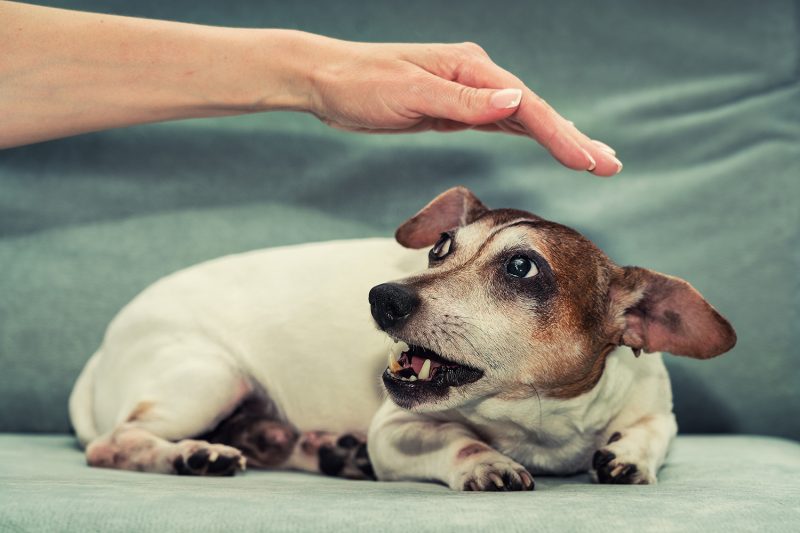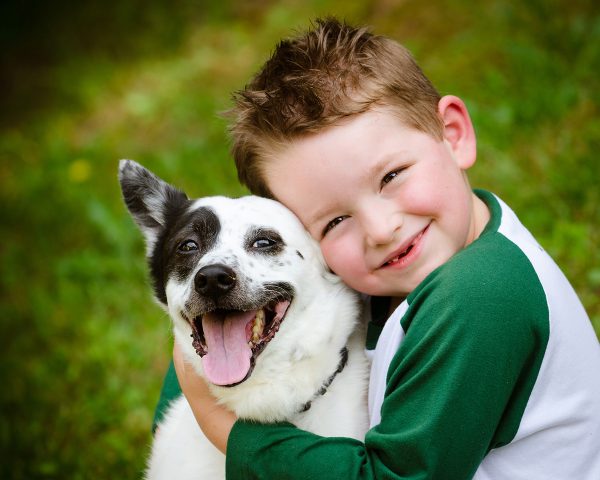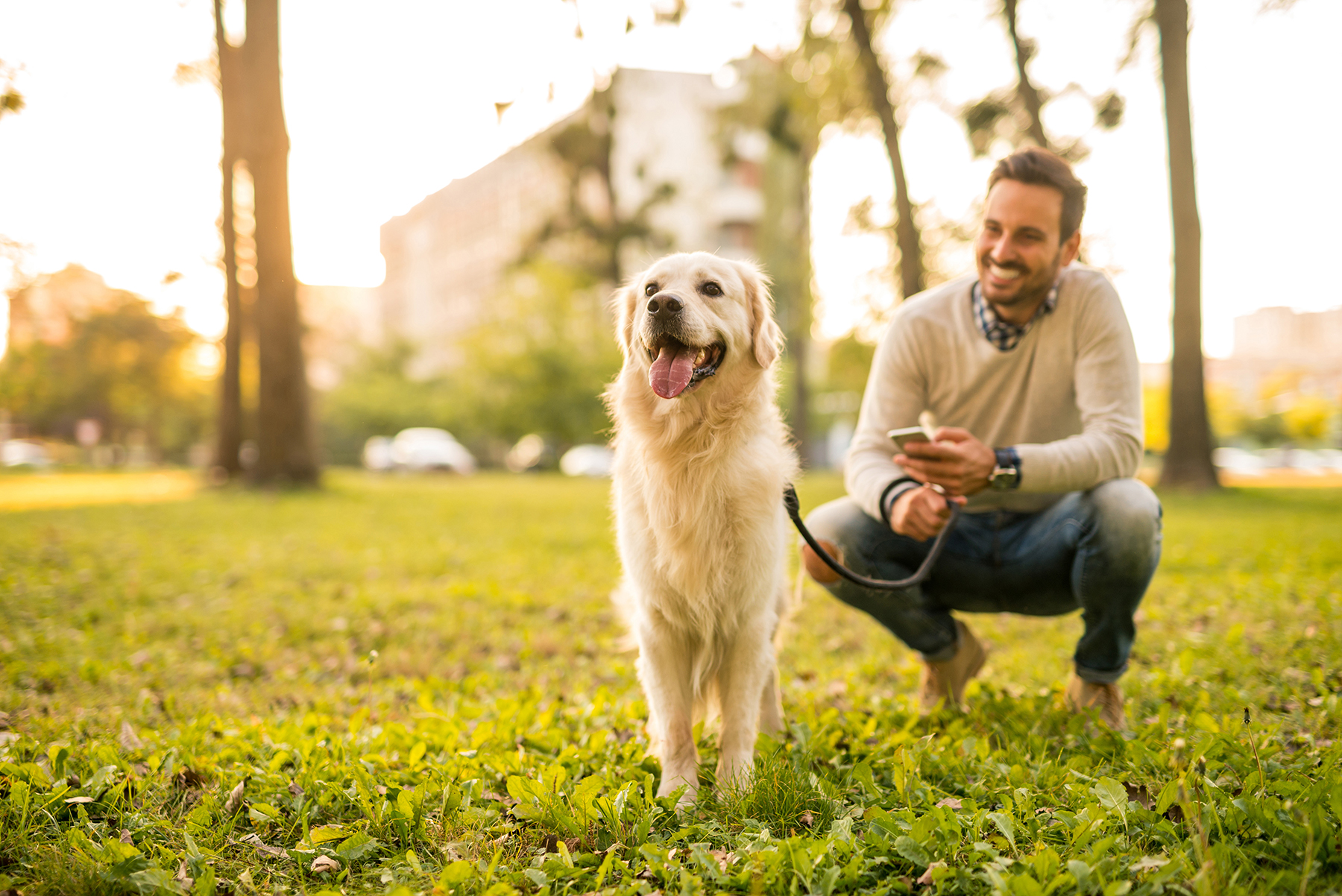 Dog bite prevention is a fundamental aspect of responsible pet ownership. It is crucial to understand the significance of this issue and the wide-reaching effects it can have. Whether you are a seasoned dog owner or a new pet parent, being aware of the potential risks associated with dog bites and taking proactive measures can make a significant difference. In this blog, we will explore why preventing dog bites is essential, its impact on children and families, and the financial and emotional consequences.
Dog bite prevention is a fundamental aspect of responsible pet ownership. It is crucial to understand the significance of this issue and the wide-reaching effects it can have. Whether you are a seasoned dog owner or a new pet parent, being aware of the potential risks associated with dog bites and taking proactive measures can make a significant difference. In this blog, we will explore why preventing dog bites is essential, its impact on children and families, and the financial and emotional consequences.
Understanding Dog Bite Statistics
Dog bites are a common concern that impacts many households and communities. By understanding the statistics surrounding dog bites, we can gain insight into the prevalence, injuries, emergency visits, and demographics affected. This information is crucial in fostering awareness and prevention strategies.
Prevalence and Frequency of Dog Bites
Dog bites occur frequently, with millions of cases reported annually worldwide. These incidents range from minor injuries to severe cases requiring medical intervention. Understanding the frequency helps in assessing the risk factors associated with dog bites, which can contribute to better prevention measures and safety protocols.
Injuries to Other Dogs
Overview of Affected Age Groups and Demographics
Dog bites can affect individuals of all ages, but certain groups are more susceptible. Children, particularly those under 10, are at a higher risk due to their size and inability to recognize warning signs of dog aggression. Additionally, data show that men are more frequently bitten than women, possibly due to behavioral factors. Dog bite prevention is key in these demographics.
 Recognizing and Preventing Dog Aggression
Recognizing and Preventing Dog Aggression
Understanding dog aggression is crucial for ensuring the safety of both humans and dogs. By recognizing the signs of aggression, applying proper socialization and training techniques, and creating safe environments, we can significantly reduce the risk of aggressive incidents.
Recognizing Signs of Aggression in Dogs
Identifying aggressive behavior early on can prevent dangerous situations. Common signs include growling, snapping, and showing teeth. Dogs may also exhibit body language such as a stiff posture, raised hackles, and a fixed stare. By paying close attention to these warning signs, dog owners can intervene before escalation.
Proper Socialization and Training Techniques
Socialization is essential in preventing dog aggression. Exposing dogs to various people, environments, and other animals at a young age helps them become well-adjusted adults. Training techniques, such as positive reinforcement, teach dogs to respond appropriately to different stimuli. Consistent training can address behavioral issues and and is key in dog bite prevention.
Creating Safe Environments for Children and Dogs
Ensuring a safe environment for both children and dogs is paramount. Supervision is key when children and dogs interact. Educating children on how to approach and handle dogs respectfully reduces the likelihood of provoking aggression. Additionally, providing dogs with their own space where they can retreat when feeling overwhelmed prevents stress-induced aggressive reactions.
 Tips for Safe Children-Dog Interactions
Tips for Safe Children-Dog Interactions
Ensuring safe interactions between children and dogs is crucial for preventing accidents and fostering a harmonious relationship. Here are some essential tips to help you manage this relationship effectively.
Supervising Children and Dogs During Play
Always supervise when your children and dogs are playing together. This vigilance helps prevent unexpected behavior from either party. By keeping an eye on their interactions, you can step in immediately if things start to get too rough or if the dog shows signs of discomfort, such as growling or backing away.
Teaching Children How to Safely Interact with Dogs
Dog bite prevention begins by educating your children on the proper ways to interact with dogs. Teach them to approach calmly and avoid sudden movements or loud noises that might startle the dog. Encourage gentle petting and explain that they should never pull on a dog’s ears or tail. It is also important for children to learn to recognize warning signs of dog discomfort, such as growling, baring teeth, or trying to retreat.
Importance of Responsible Dog Ownership Practices
Being a responsible dog owner is essential for fostering safe interactions. This includes training your dog to understand commands and socialize properly with people, especially children. Regular check-ups and vaccinations are also vital to ensure your dog’s health and minimize any risks during their interactions with children. Educating yourself and other family members about dog behavior and body language can further enhance safety.
Actions to Take After a Dog Bite
Experiencing a dog bite can be traumatic and knowing how to respond is crucial for proper recovery. It’s important to act promptly and thoughtfully after a dog bite to address both physical and emotional impacts. Here’s what you should do:
Immediate Medical Response and Care
The first step after a dog bite is to seek immediate medical attention. Quick medical response ensures that any risk of infection or complications is minimized. If the wound is bleeding heavily, apply pressure using a clean cloth. For severe injuries, it’s wise to call emergency services or go to the nearest clinic.
Properly Cleaning and Treating Wounds
Once the immediate response is taken care of, cleaning and treating the wounds is essential. Use mild soap and warm water to gently clean the bite area. Apply an antibiotic ointment to prevent infection and cover the wound with a sterile bandage. Regularly change the bandage and monitor the wound for signs of infection such as redness, swelling, or pus.
Addressing the Emotional Impact of Bites
The emotional toll of a dog bite should not be overlooked. It’s normal to feel fear, anxiety, or even anger after such an incident. Speaking with a therapist or counselor can help process these emotions. Additionally, educating oneself about dog behavior and safety can restore confidence and prevent future incidents.
Impact on Children and Families
Children are often the most vulnerable when it comes to dog bites. They may not recognize the warning signs and might inadvertently provoke a dog. These incidents can have lasting physical and emotional effects on children and their families. Educating children on how to interact with dogs and supervising their interactions is key to preventing these unfortunate events.
Financial and Emotional Consequences
Dog bites can lead to significant financial burdens due to medical expenses and potential legal fees. Additionally, the emotional toll on victims and their families can be immense. Anxiety, trauma, and fear of dogs can result from a single incident, highlighting the importance of preventive measures to avoid such consequences.
 Dog bite prevention is a fundamental aspect of responsible pet ownership. It is crucial to understand the significance of this issue and the wide-reaching effects it can have. Whether you are a seasoned dog owner or a new pet parent, being aware of the potential risks associated with dog bites and taking proactive measures can make a significant difference. In this blog, we will explore why preventing dog bites is essential, its impact on children and families, and the financial and emotional consequences.
Dog bite prevention is a fundamental aspect of responsible pet ownership. It is crucial to understand the significance of this issue and the wide-reaching effects it can have. Whether you are a seasoned dog owner or a new pet parent, being aware of the potential risks associated with dog bites and taking proactive measures can make a significant difference. In this blog, we will explore why preventing dog bites is essential, its impact on children and families, and the financial and emotional consequences. Recognizing and Preventing Dog Aggression
Recognizing and Preventing Dog Aggression Tips for Safe Children-Dog Interactions
Tips for Safe Children-Dog Interactions






Leave A Comment